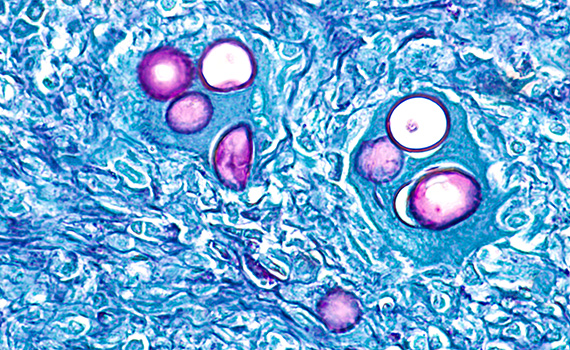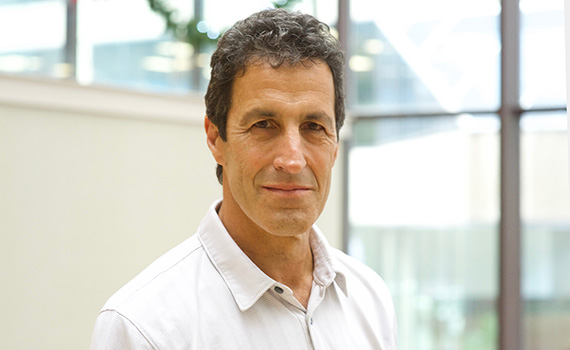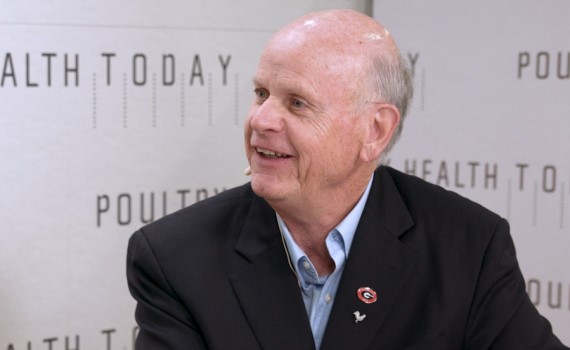It takes two: Coccidiosis vaccines effective against E. tenella after adequate cycling
Coccidiosis vaccination was effective in broilers challenged with Eimeria tenella but only after vaccinal oocysts cycled twice, Laura Tensa, DVM, told Poultry Health Today.
Tensa and colleagues at the University of Georgia conducted a study after a poultry integrator reported problems with coccidiosis due to Eimeria tenella despite the use of multiple coccidiosis vaccines and in-feed anticoccidial treatments.
The study was conducted at the University’s Poultry Diagnostic and Research Center so it could be well controlled.
The investigators tested two vaccines given at day 1 of age, each used alone or followed by an ionophore beginning at day 14 of age. The combination of vaccination with an in-feed anticoccidial — a so-called bioshuttle program — is intended to mitigate the weight loss and decreased feed conversion that may occur after coccidiosis vaccination.
To evaluate the impact of vaccine cycling, the investigators evaluated the effect of treatments when broilers were challenged early at either 11 days of age — before the ionophore treatment began on day 14 — or at 21 days of age. They used a pathogenic field isolate of E. tenella for the challenge because it causes bloody droppings, which make it easy to identify. Results in treated birds were compared to those for unvaccinated, challenged birds.
Impact of cycling
After the early challenge at 11 days, vaccination alone did not protect birds against E. tenella because the vaccinal oocysts hadn’t cycled enough to enable the development of immunity. After the 21-day challenge, however, vaccination with or without an ionophore at day 14 did protect against the pathogen, as evidenced by reduced gross lesion scores, Tensa explained.
Live coccidiosis vaccines simulate natural immunity against coccidia by providing a controlled dose of Eimeria oocysts. When chicks in the study were vaccinated for coccidiosis on day 1, vaccinal oocysts cycled on days 7 and 14.
“That’s a good two cycles” and by then, some protective immunity has developed, she said. Tensa added that the ionophore allowed them to “decrease the hit” flocks experience from the vaccine while birds continue to develop immunity.
She concluded that when used properly, either vaccination alone or when followed with an in-feed anticoccidial is effective against E. tenella. When using a bioshuttle program, it’s important not to begin feeding the anticoccidial before vaccinal oocysts have completed cycling. Tensa also recommended using anticoccidial sensitivity testing to make sure the Eimeria affecting flocks is sensitive to the feed medication used.
Posted on December 26, 2018
 We’re glad you’re enjoying
We’re glad you’re enjoying










